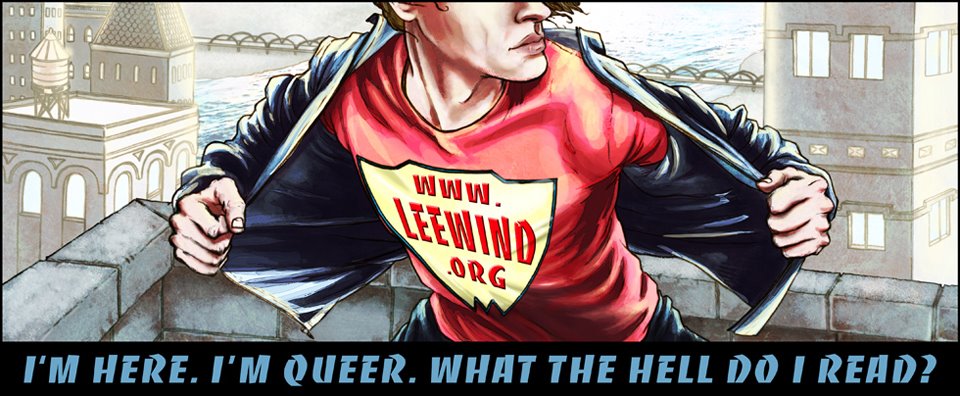California

You may or may not have known that California's state motto is: "Eureka!" (I didn't) but the Lesbian history of the name California was a total surprise to me.
In the 1400s, Garci Rodriguez de Montalvo wrote
a protolesbian tale about a mythical island called "California," where Queen Califia lived with her beloved subjects, all of them masculine women. "And there were no males among them at all," Montalvo wrote. He described the women as having "energetic bodies and courageous, ardent hearts." Like the Amazons of Greek myth, they waged bloody war on other lands, killing most of the males but carrying away a few so that they might copulate with them for the sake of procreation. Female babies were kept among them; male babies were slaughtered.
Here's an amazing mural of Queen Califia and two of her female warriors in the Mark Hopkins Hotel in San Francisco:

Now, after it was published, the story caught on with Europeans and Spaniards, and especially caught the fancy of
So much so that...
In 1535, Hernan Cortes, sharing his era's enchantment with the story of these fierce, manless women, wrote the name "California" on a map of a strip of land on the west coast of North America. It has remained its name ever since - though the protolesbian source was long forgotten.

A Lesbian Myth as the historical source for the name "California." Hmmm. How's THAT for unexpected and incredibly cool?
Namaste,
Lee
Both quotes are from pg. 10 of "Gay L.A.: A History of Sexual Outlaws, Power Politics, and Lipstick Lesbians" by Lillian Faderman and Stuart Timmons.
The source of the original myth of "California" was Garci Rodriguez de Montalvo's "The Labors of the Very Brave Knight Esplandian," trans. William Thomas Little (Binghamton, N.Y.: Medieval and Renaissance Texts and Studies, 1992), pg. 456-458
The info on the maps came from this website.
960.jpg)
















2 comments:
That's way cool! I didn't know about that, too, and I'm a native Californian.
I had never heard that!! How excellent!
Post a Comment